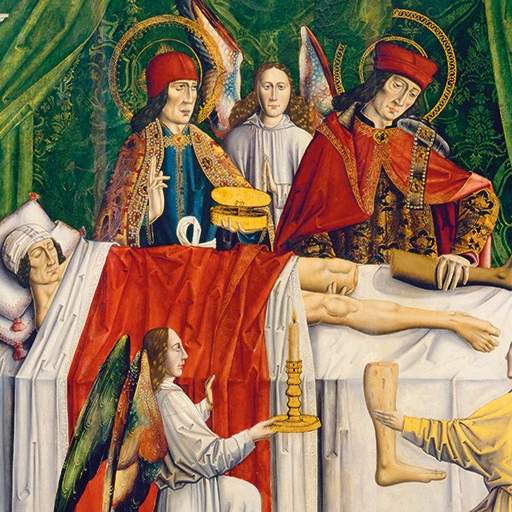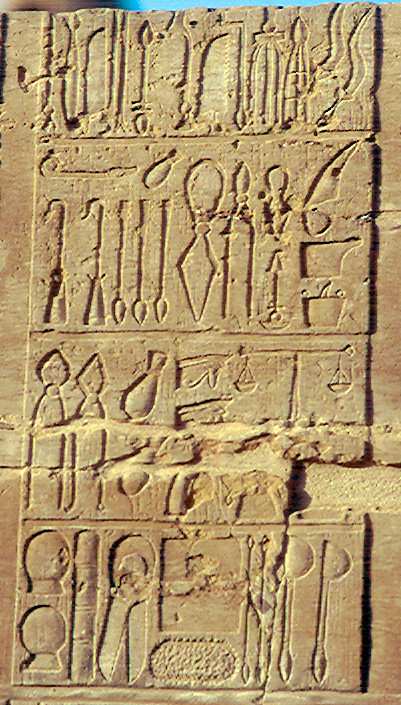
For millennia, art has served as a visual record of humanity’s understanding of the body, disease, and healing. From cave walls to illuminated manuscripts and anatomical engravings, each image tells a story about how ancient cultures approached health. These works reveal the evolution of medical knowledge and offer profound insight into the values and fears of their times.
Cave paintings, such as those found in Lascaux, France, may represent early medical rituals performed by shamans. While not explicitly medical, some anthropologists suggest that these figures participated in healing ceremonies, illustrated through abstract human forms and animals, perhaps symbolizing spiritual healing.

Ancient Egyptian art provides rich detail on medical practices. The Ebers Papyrus, a vast medical document, includes drawings of surgical instruments and anatomical descriptions. Tomb murals depict medical procedures like circumcision, showcasing the integration of medicine, religion, and daily life.

Medical instruments are depicted on the walls of Kom Ombo Aswan

In India, Ayurvedic texts like the Sushruta Samhita were often accompanied by illustrations detailing surgical techniques and bodily structures. Chinese medical art, influenced by Daoist principles, depicted meridians and energy pathways foundational to acupuncture. These drawings combined philosophy, cosmology, and observation.
Greek and Roman mosaics and busts honor legendary physicians like Hippocrates and Galen. These figures symbolized reason and the pursuit of knowledge. Artistic depictions emphasized rationalism in medicine, portraying physicians as wise men rather than mystics.
The Islamic world preserved and advanced classical medical knowledge. Illustrated texts such as Al-Zahrawi’s Kitab al-Tasrif presented surgical tools, procedures, and anatomical diagrams with stunning detail and clarity. These works were copied and translated across centuries.

European monasteries became centers of healing and manuscript production. Illuminated texts like the Tacuinum Sanitatis used colorful miniatures to illustrate health principles, herbs, and treatments based on Greco-Arabic knowledge.
The Renaissance revived direct observation of the body. Leonardo da Vinci's anatomical drawings, based on dissections, combined scientific accuracy with artistic mastery. Andreas Vesalius’ De humani corporis fabrica was a turning point, featuring detailed woodcuts of human anatomy.

With the birth of modern medicine came new art forms. The invention of medical illustration as a profession led to scientifically rigorous depictions for textbooks and journals. Artists like Max Brödel elevated anatomy into an educational art form that continues today.
From shamanic symbols to anatomical charts, art has documented medicine’s evolution and shaped our understanding of the body. These visual archives remind us that healing is not only scientific but also deeply human.